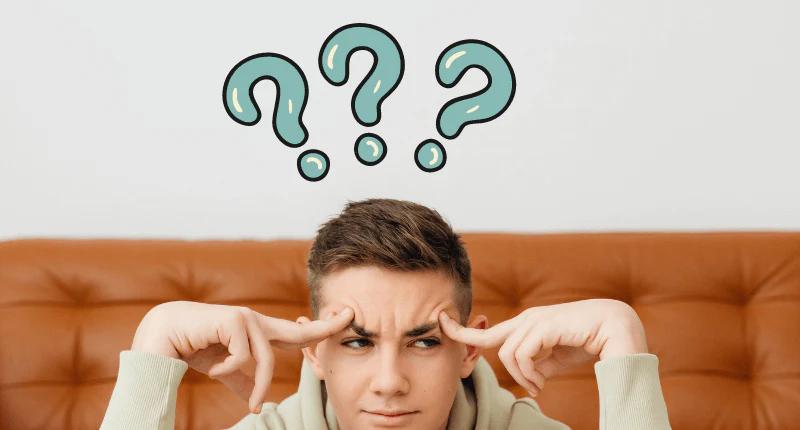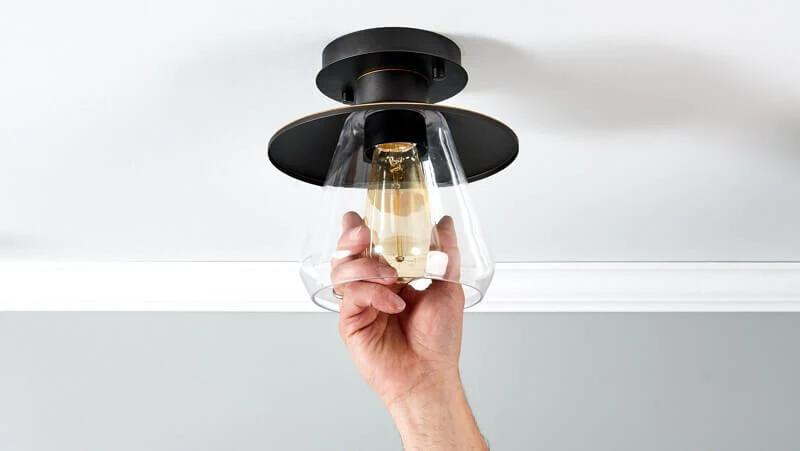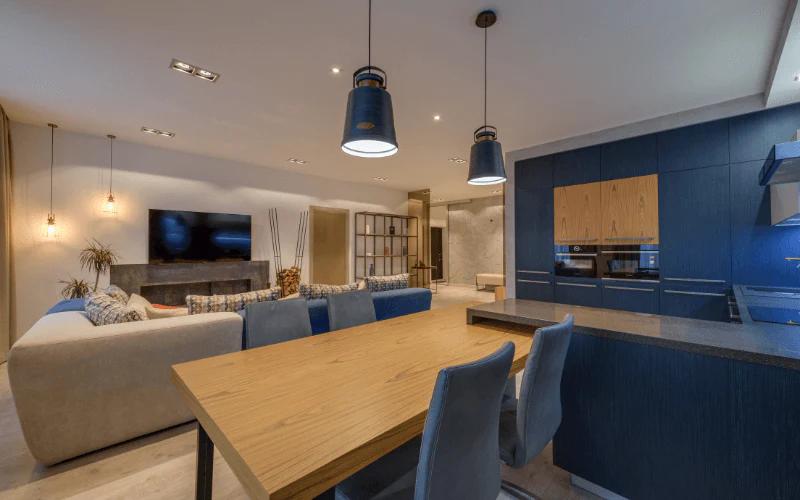LED lights have become widely favored due to their energy efficiency and extended lifespan. However, encountering a situation where your LED light is not working but has power can be exasperating. In this comprehensive article, we will investigate the potential causes behind this issue and equip you with practical solutions to rectify it effectively.
Whether it’s a faulty bulb, broken switch, loose connection, flattened socket tab, or damaged light, we’ve got you covered. So, let’s delve into the issue and illuminate the solutions to this problem!
- Why Is There Power at My Light Fixture But No Light?
- How to Fix LED Light Not Working But Has Power
- How to Fix Outside LED Light Not Working But Has Power
- Environmental Factors and LED Light Performance
Why Is There Power at My Light Fixture But No Light?
Numerous factors can contribute to the malfunction of your LED light despite it being powered. Let’s explore the prevailing causes in detail:
- Faulty Bulb: One of the most common reasons for a non-functional LED light is a faulty bulb. Over time, LED bulbs can fail or become damaged, resulting in a lack of illumination.
- Broken Switch: A malfunctioning or broken switch can prevent the LED light from turning on. This issue is more prevalent in older switches that have worn out or experienced mechanical failure.
- Loose Connection (Loose contact with bulb holder): If the LED bulb is not securely connected to the bulb holder, it may not receive power properly, leading to no light output. A loose connection can arise from improper installation or the natural wear and tear of components.
- Flattened Socket Tab: The socket tab in the bulb holder can sometimes get flattened due to frequent bulb changes. This can result in poor electrical contact, causing the LED light to remain dark. Ensure that the socket tab is in good shape for proper connectivity.
- Damaged Light: Physical damage to the LED light fixture, such as a broken circuit board or wiring, can disrupt the power flow and prevent the light from functioning correctly. Inspect the fixture for any visible damage or signs of internal issues.

How to Fix LED Light Not Working But Has Power
After gaining insight into the possible underlying factors, let’s talk about the remedies for resolving the issue that an LED light is not working but has power.
- Replace the bulb: Start by trying a different LED bulb to eliminate the possibility of a faulty bulb. Make sure the new bulb is compatible with your fixture and that it is securely screwed into the bulb holder. Sometimes, a simple bulb replacement can solve the issue.
- Tighten the bulb: Ensure that the bulb is tightly screwed into the socket to establish a secure electrical connection. Sometimes, loose bulbs can cause intermittent power supply issues. Make sure the bulb is correctly placed into the socket.
- Check the switch: If the bulb replacement doesn’t solve the problem, examine the switch for any signs of damage or wear. Consider replacing the switch if necessary. Alternatively, toggle the switch on and off a few times to ensure it is making proper contact. A faulty switch can disrupt the power supply to the LED light.
- Fix the Socket Tab: If you notice that the socket tab appears flattened, gently use a small tool, for example, a flathead screwdriver, to carefully lift it back into position. Be cautious not to damage the socket or create a short circuit. A proper connection is essential for the LED light to function.
- Fix or Replace the Light Fixture: If your LED Light is still not working but has power after trying the above solutions, the issue might be with the light fixture itself. Inspect the fixture for any visible damage, loose wires, or faulty circuitry. Depending on the extent of the damage, you may need to repair or replace the fixture. It’s important to handle any electrical repairs with caution or seek assistance from a qualified electrician.

How to Fix Outside Light Not Working But Has Power
Similar to indoor LED lights, outside lights can encounter the same issues. If your outdoor LED light is not working despite having power, you can follow the steps mentioned earlier to troubleshoot the problem. Here are some additional tips:
- Replace the bulb with an outdoor-rated LED bulb: Outdoor lighting fixtures require bulbs specifically designed to withstand outdoor conditions. Make sure you use a bulb that is suitable for outdoor use to ensure proper functioning.
- Inspect the wiring connections: Check the wiring connections for any signs of damage or corrosion. Exposure to the elements can cause wires to deteriorate over time. If you notice any issues, it’s recommended to replace or repair the damaged wiring.
- Ensure proper sealing: Verify that the light fixture is properly sealed against the elements, as exposure to moisture can cause electrical problems. Check for any cracks, gaps, or loose seals in the fixture. If necessary, reseal the fixture to protect it from water damage.
Environmental Factors and LED Light Performance
In addition to the common issues mentioned above, environmental factors can also affect the performance of LED lights. Here are a few considerations:
- Excessive heat: LED lights are sensitive to heat, and prolonged exposure to high temperatures can impact their performance. Ensure that your LED lights are installed in areas with proper ventilation to dissipate heat effectively. Avoid placing them near heat sources like stoves or ovens.
- Humidity and moisture: LED lights can be sensitive to excessive humidity and moisture. If your LED light is located in a damp area, consider using fixtures with appropriate IP (Ingress Protection) ratings that provide protection against water and moisture.
Conclusion
When your LED light is not working but has power, it’s crucial to identify the underlying cause and apply the appropriate solutions. Whether it’s a faulty bulb, broken switch, loose connection, flattened socket tab, or damaged light fixture, addressing these issues can help you restore the functionality of your LED lights. By following the steps introduced in this blog, you can troubleshoot and fix the problem effectively.
Remember, safety is always a priority when dealing with electrical components. Before attempting any repairs or replacements, make sure to turn off the power to the affected light fixture. If you’re uncertain or uncomfortable with performing the necessary tasks, you should seek assistance from a qualified electrician.


